Chichen Itza – the Mayan wonder
16.09.2019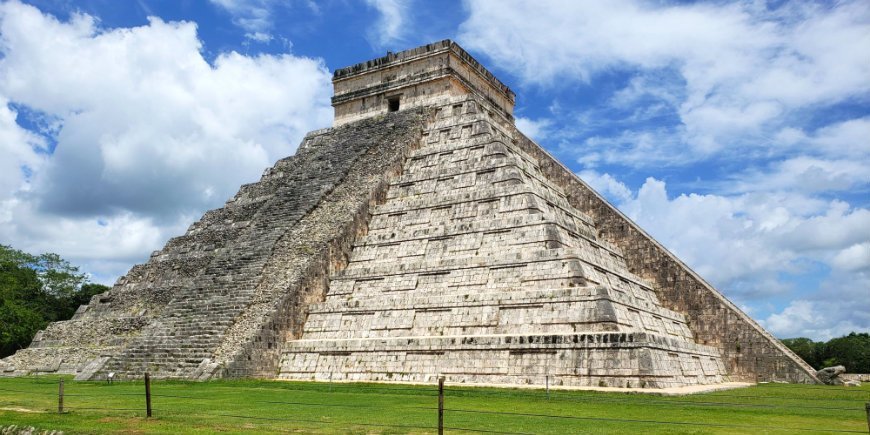
With its beautiful temples, impressive pyramids and large ball pitch, Chichen Itza is recognised as one of the 7 new wonders of the world.
When you visit Chichen Itza, you find out why.
What is Chichen Itza?
Chichen Itza is a large Mesoamerican ruin complex.
The complex has been a UNESCO World Heritage Site since 1988 and is one of the most visited places in Mexico today. The site tells the story of the Mayan Indians who inhabited this beautiful setting more than 1,000 years ago.
The ruin city is located on Mexico’s Yucatan Peninsula, roughly midway between the modern city of Mérida and the coastal resort of Playa del Carmen.
What does Chichen Itza mean?
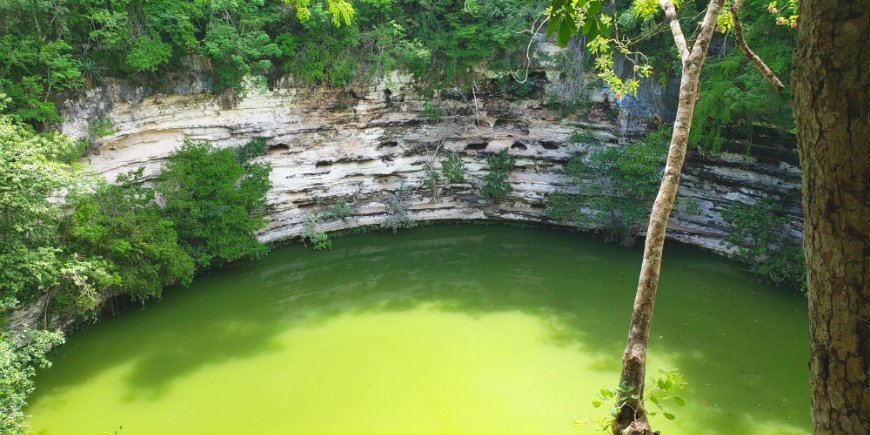
The Yucatan Peninsula is known for its flat landscape with underground freshwater streams. These streams form small caves or natural freshwater wells in the earth’s surface called cenotes.
The name Chichen Itza refers to these cenotes. Translated from the ancient Mayan language, Chichen Itza means “the mouth at the well of Itza”.
The well in question is most likely Cenote Sagrado – the Sacred Well – which is situated in the ruin complex and was used as a sacrificial well to worship the Mayan rain god Chaac. In fact, the Mayans believed that the rain god lived down in this well, which is why it was used for sacrifices and not drinking water.
Chichen Itza’s most important buildings
Chichen Itza is brimming with interesting buildings that tell us about the Mayan way of life.
El Castillo
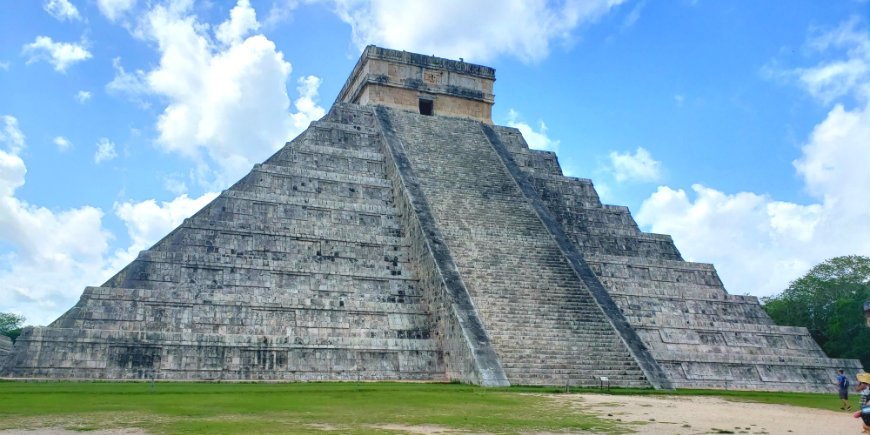
The name of the largest pyramid at Chichen Itza is El Castillo (the castle) or Temple of Kukulcan. It is a fascinating structure and probably the most iconic image of Chichen Itza.
The impressive pyramid was constructed by the Mayan Indians in around AD 1000 – so, long before the arrival of the Europeans. However, it was not named El Castillo until the Spanish conquistadors arrived in the 16th century.
The pyramid was built in honour of the Mayan god Kukulcan, who according to the Mayan faith was a feathered serpent. You can see this on the north staircase where two snake heads are carved in stone. At the spring and autumn equinox, the sun casts shadows on the pyramid, giving the illusion of two snakes slithering down the northern side of the pyramid and ending at the two snake heads at the north staircase. This is just one example of the extensive astronomical knowledge of the Mayans.
The Mesoamerican ball pitch
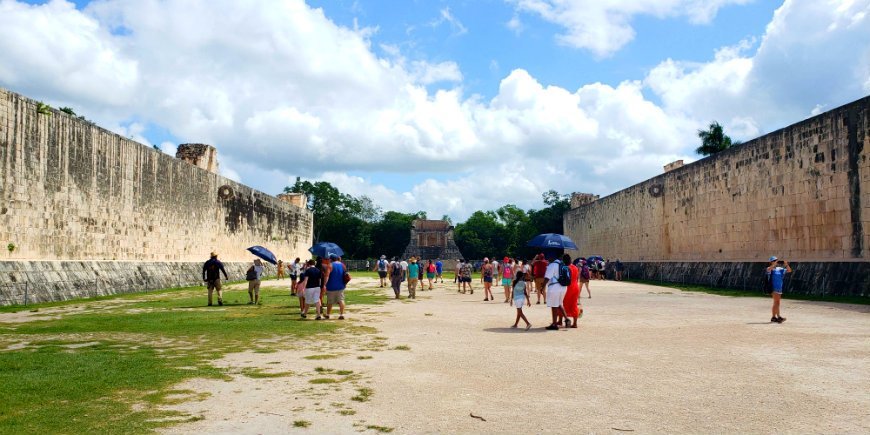
The large ball pitch that you will see in Chichen Itza is the largest of the ancient Mesoamerican ball pitches.
Excavations throughout Central America show that the game was popular with all Mesoamerican populations and has been played since before Christ. Today, a variant of the ball game called Ulama is still played by the indigenous Mexicans.
A bloody victory
A host of different written rules for the ball game have been found, but the most startling tradition was that the games reportedly ended in human sacrifices to the gods. However, it is not known whether it was the losing or the winning team that was sacrificed to keep the gods happy.
The large ball pitch at Chichen Itza measures a massive 166 metres from one end to the other and is about 68 metres wide. The ornate rings that the players had to try to get the ball through are at a height of 6 metres. It undoubtedly took a very special talent to get the ball through the small ring, and, according to historians, when it happened, it meant immediate victory for the team.
Around the edge of the pitch, you can see beautiful stone carvings depicting the game and the subsequent human sacrifices.
El Caracol – The Observatory
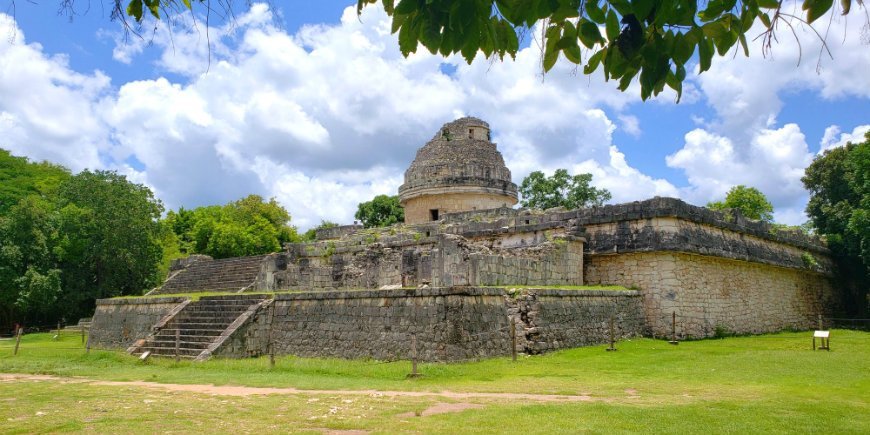
As mentioned, the Mayans were gifted astronomers, as the observatory also shows.
The monument is named Caracol, which means snail in Spanish, and was built before AD 800. It is named after the spiral staircase inside the observatory tower.
The Yucatan Peninsula is as flat as a pancake, and the tall observation tower is just high enough to reach above the treetops, providing an unobstructed view of Venus, for example, which was of great importance to the Mayans.
Today, the observation tower is partially collapsed, and it looks as if the roof could originally have been dome-shaped, like modern observatories where the roofs can be opened. But both the upper and lower part of the tower were, in fact, cylindrical, providing good views of the night sky and surrounding countryside.
Why should you visit Chichen Itza?
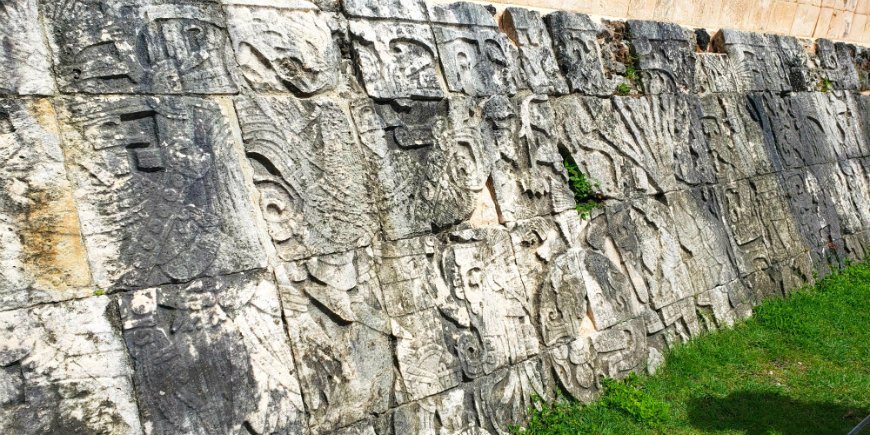
Chichen Itza is one of Mexico’s top attractions and is bound to interest anyone visiting the country. If you are already interested in ancient Mesoamerican cultures, Chichen Itza is just the place for you!
It is still an active archaeological site which helps teach us about the Mayan people.
You will witness one of the great Mesoamerican cities, see the famous sites of lethal ball games and sacrifices to the gods, and gain insight into a people with immense astronomical knowledge, which they incorporated into their buildings.
Chichen Itza is a very special place indeed!
TourCompass
-
General Info
Receive all the latest news and offers delivered to your inbox!
Registered in England.
Registered Office:
Nucleus House 2
Lower Mortlake Road
Richmond, TW9 2JA
Company no.: 11454726

E-mail: info@tourcompass.co.uk
ATOL protected no. 10558.
ABTA member no. Y6104.
Read more.